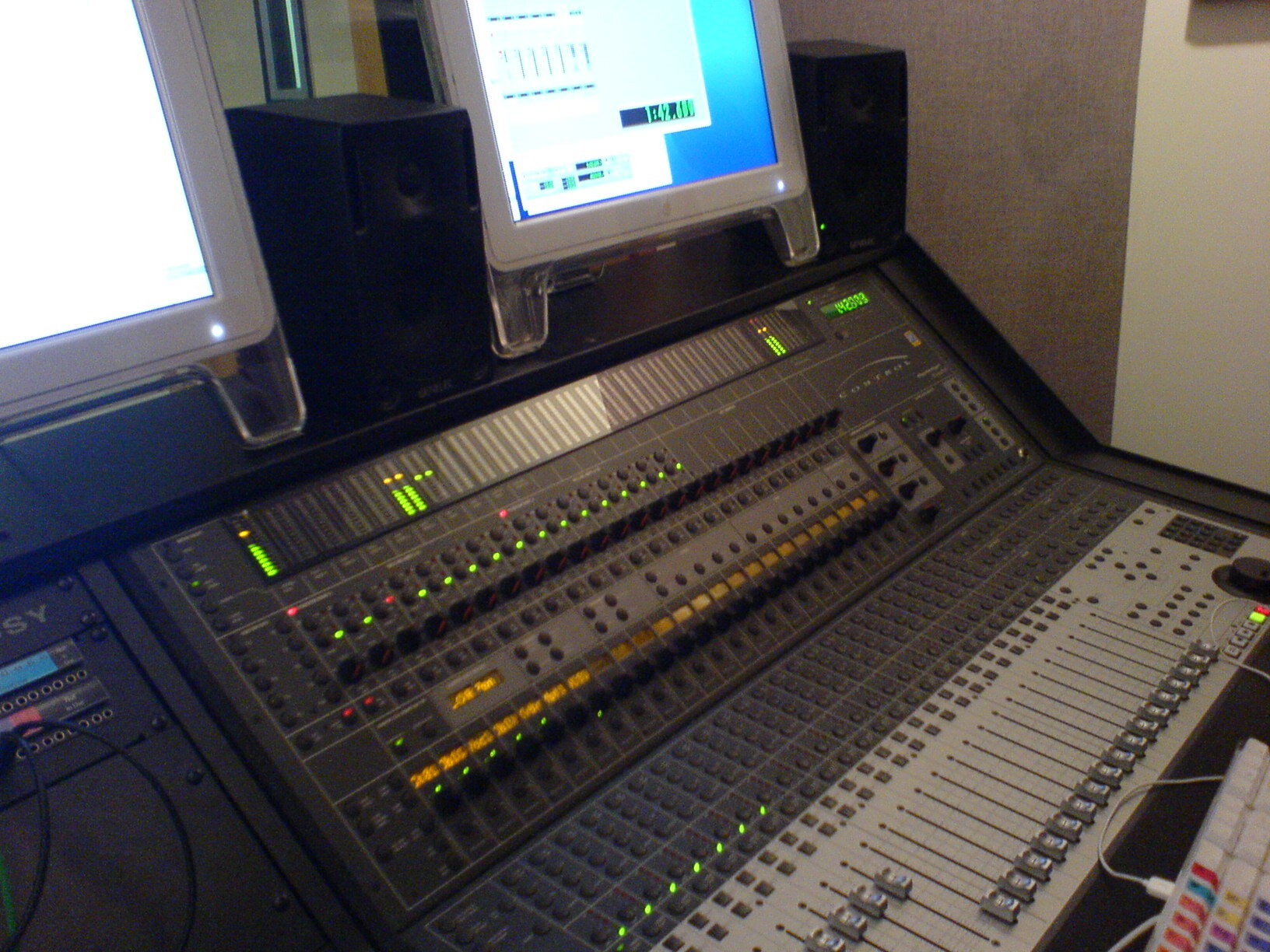CHC EP ANNIVERSARY (PART II)
by EVAN ROBERTSON (Cello)
photo by David A. Palatsi
My role in Children Having Children’s first EP is fuzzy. The recording coincided with a time in my life when the world had opened to me with all its possibilities and grandeur. Overwhelmed, I had retreated into myself and constructed an intricate shell to abide in. Part of this shell was to minimize anything with which I engaged. To render something meaningless and trivial made it seem approachable, achievable. An unfortunate consequence was that if my own actions had little meaning, I also perceived a similar lack of meaning in the activities of those around me.
So, when Kaiser had asked me to record cello on the track "Museums" in spite of the fact that I parted ways with the formative band about a year earlier, my automatic reductionism kicked in. I had approached the recording studio, nestled in the caverns of a building on Fairlie Poplar Street in Atlanta, with a mantra repeating in my mind: "It is only a few notes, a few moments of music." Anyone who has absorbed in a creative endeavor with Kaiser knows the mantra is antithetical to his approach to music and to life.
I remember sitting down in the studio, ready to play my cello part without vision or desired outcome, as the entire recording process unfolded around me in a loop. Kaiser would enter the studio, shift a mic, go back to the control room. Ask me to play again. Come in, reposition a mic.
His voice came through my headphones: "Again, but louder. Again, but softer. Again, but crescendo into the G-sharp note. Again, but don't stress the A note. Again."
Kaiser had foresight; he had a sound for the song locked in his mind, which was trying to get out of its shackles and onto tape. What I was playing was central to its emancipation. I vaguely recall his detailed explanation of the grainy sound he had heard on another album by another band which escapes me now. How he needed to set up the microphones in an exact arrangement to achieve that sound, how I needed to attack and release the notes in a particular way to produce that tone.
photo by David A. Palatsi
Some takes were raw screw-ups, others were different variations on a mystical sound Kaiser wanted but had not yet considered. A few hours had passed by the time I finished. The result: a few seconds of cello by yours truly. I was in, out, and sipping a drink at the bar around the corner before midnight, but I would learn later that Kaiser and the band's co-founder David Palatsi had loftier aims and continued working in the studio until sunrise when they had to pack up and drive to their respective day jobs.
Over a decade later and a little less reductive in my approach, I meditate now on this question: "What did it take to get to those few seconds of cello?" It took more than the time spent in the studio. More than Kaiser's meticulous attention. The whole creative endeavor is a profound ensemble of equal parts skills, abilities, and passion accumulated throughout one’s life. Those seconds were the culmination of a complex karmic chain that only a monk in contemplation could work out.
I, for one, had to walk into an orchestra room in middle school and decide that the cello was for me. I had to stick with it, take lessons, and audition for music school. David had to stop me on a train platform and ask, as I was carrying a very cello-shaped case, “Hey, do you play the cello? And do you want to play in my band?" Which brought me to Steven’s apartment for an audition.
photo by David A. Palatsi
And then there is Kaiser, who had to collide and form a lasting friendship with David, to develop his musical skill set over years, to put in the time and energy to figure out every piece of equipment in that studio – manuals and all – in order to realize those seconds.
And such as it is with all creative endeavors. We spend a lifetime developing, molded by that inner voice that pushes us to produce minutes of song, hours of film, a gallery exhibition's worth of art, whatever the pursuit might be. And all that goes into it, an intricate web of support. The people who made the tape, who programmed the editing software to splice different cuts of music, who assembled the electronics to achieve a sound that only sentience could produce. Further still, back to Pythagoras who noticed that the clanging of a blacksmith’s hammer differed on various sized anvils. The insight would spawn a golden era of music instrumentation that would lead to the creation of the Viola Da Gamba, the cello’s precursor.
It is easy to undercut the lifetimes it took to generate those seconds. It is easy to reduce those forces. But when you take it all in, stare into the improbability of it all, then the entire causal chain that brought Steven Kaiser, David Palatsi, and myself to that particular point in that particular space at that particular time for those hours can only be described as miraculous.
***


